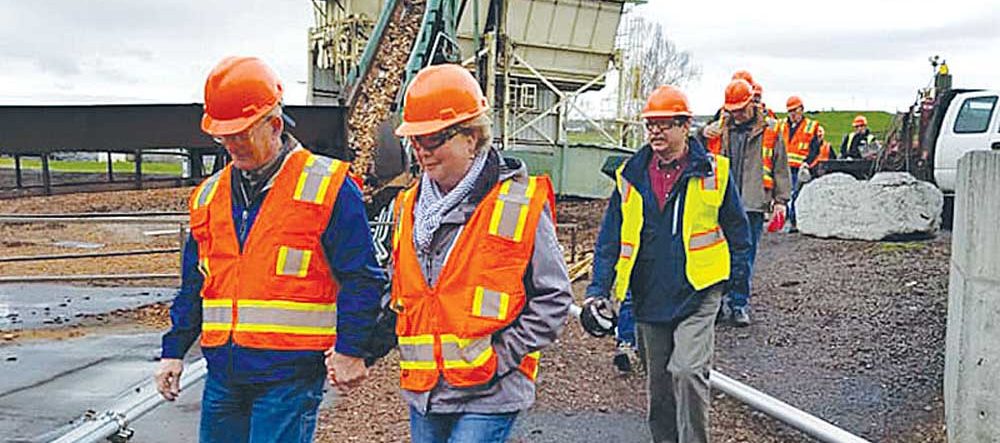Days gone by: March 29, 2022
Published 3:00 am Tuesday, March 29, 2022
100 years ago — 1922The Oregon cooperative hay growers’ association will meet tonight at Hermiston to close up the business for the year. The association has a membership of 240 farmers in the western part of the county. This year 15,000 tons of alfalfa were handled by the organization. The price secured by the association this year was $1 to $3 a ton greater than that received by the Washington growers. Before the cooperative was formed the reverse was true, according to Fred Bennion, county agricultural agent. Members also saved 50 cents a ton on baling by contracting in large quantities. Members regard the season as being successful.
50 years ago — 1972A pair of life-long Umatilla County brothers figured heavily in the recent location of the Lamb-Weston potato processing plant in the Hermiston area. Randy Dorran, Helix, and a Cold Spring area rancher, is president of the Port of Umatilla. His younger brother, Russell, Hermiston, is manager of the Umatilla Electric Cooperative, and is an active member of the Hermiston Development Corp. that worked with the port in assisting Lamb-Weston in its location of the plant in the area. Tuesday’s ground-breaking ceremony for the new multi-million dollar plant was the second time each of the Dorran brothers have had a prominent part in establishing a major industry in the Hermiston area. Randy Dorran was president of Pendleton Grain Growers in 1961 when PGG established the $1.25 million Feedville plant south of Hermiston. Russ Dorran took a leading role as assistant manager of Umatilla Electric and a Hermiston Development Corp. member in bringing the $1.25 million Marlette Homes plant to Hermiston in the spring of 1965. Marlette has grown into one of the area’s major industries.
25 years ago — 1997In studies published today, scientists report on the composition and character of the dust and gas that are jetting out of Hale-Bopp as the comet hurtles away from sun in its long journey back into deep space. “Most of what we’re seeing is water ice, but there are also plenty of hydrocarbons and organic molecules that you would need for the genesis of life,” said Harold Weaver, a Johns Hopkins University astrophysicist. What makes Hale-Bopp different from other comets, Weaver said, is its size, 19 miles to 25 miles in diameter. A four-minute time exposure photograph was taken this week a few miles northwest of Pendleton, showing the Hale-Bopp comet above a windmill and trees, with stars streaking the sky. The comet will be in its prime viewing stage for the next two weeks, in good view in the northwest sky up to an hour after the end of twilight.









